Best Practices for Cleaning and Maintenance of Fruit and Vegetable Processing Lines
For small and medium-sized food processing plants, maintaining a clean and well-functioning fruit and vegetable processing production line is critical to ensuring product safety, meeting regulatory standards, and maximizing operational efficiency. Improper cleaning or neglected maintenance can lead to contamination, equipment breakdowns, and costly downtime, which can significantly impact profitability. Implementing robust fruit and vegetable processing line cleaning solutions and maintenance strategies not only extends equipment lifespan but also ensures compliance with stringent standards like HACCP, FDA, and CE. This comprehensive guide outlines five best practices to optimize cleaning and maintenance for your automated fruit and vegetable processing line, tailored to the needs of SMEs.
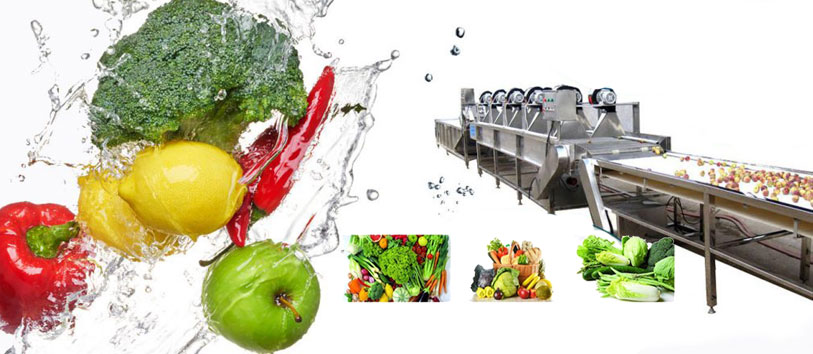
1. Develop a Comprehensive Cleaning Schedule
A structured cleaning schedule is the cornerstone of maintaining a HACCP-compliant fruit and vegetable processing line. Regular cleaning prevents the buildup of organic residues (e.g., pulp, juice, or soil) that can harbor pathogens or compromise product quality. For SMEs with limited resources, an efficient cleaning schedule balances thoroughness with operational uptime. Here’s how to establish an effective plan:
Daily Cleaning Protocols
Daily cleaning focuses on high-contact surfaces such as conveyors, cutting blades, and washing units. These areas are prone to residue accumulation from fruits and vegetables, which can lead to microbial growth if not addressed promptly. Key tasks include:
Surface Cleaning: Use food-grade detergents to clean conveyors, hoppers, and sorting tables, ensuring all visible residues are removed.
Rinsing: Rinse equipment with hot water (at least 60°C) to eliminate remaining debris and detergent residues.
Sanitization: Apply approved sanitizers to kill bacteria, ensuring compliance with food processing production line safety guidelines.
Weekly Deep Cleaning
For a deeper clean, disassemble removable components such as blades, belts, and filters at least weekly. This process ensures hard-to-reach areas are free of buildup. Use specialized cleaning tools (e.g., brushes designed for food processing equipment) to scrub intricate parts. After cleaning, sanitize and reassemble components, verifying they are dry to prevent corrosion.
Documentation and Audits
Maintain detailed cleaning logs to track daily and weekly tasks, including the cleaning agents used, sanitization times, and responsible personnel. These records are essential for passing audits required for food processing line compliance certifications, such as HACCP or ISO 22000. Digital tools or compliance software can streamline documentation, ensuring traceability during inspections.
Automation with CIP Systems
For SMEs seeking to optimize cleaning efficiency, CIP (Clean-in-Place) systems for fruit and vegetable processing are a game-changer. CIP systems automate cleaning by circulating detergents and sanitizers through the equipment without disassembly, reducing labor costs and downtime. For example, a medium-sized vegetable processing plant reported a 30% reduction in cleaning time after integrating a CIP system into its stainless steel fruit and vegetable processing line.
2. Use Food-Grade Materials and Cleaning Agents
The choice of materials and cleaning agents directly impacts the effectiveness of fruit and vegetable processing line maintenance solutions. SMEs must prioritize equipment and cleaning products designed specifically for food safety to avoid contamination risks.
Food-Grade Stainless Steel Equipment
Equipment for fruit and vegetable processing line equipment should be constructed from food-grade stainless steel (e.g., 304 or 316 grades) to resist corrosion and facilitate cleaning. Stainless steel surfaces are non-porous, reducing the risk of bacterial adhesion compared to materials like plastic or aluminum. Additionally, equipment with smooth, seamless designs minimizes crevices where residues can accumulate.
Certified Cleaning Agents
Use only detergents and sanitizers certified for food processing environments. These products are formulated to remove organic residues (e.g., sugars, starches) without leaving harmful chemical residues. Avoid household cleaners, as they may contain unapproved additives that compromise food safety. Suppliers often provide guidance on compatible cleaning agents for their modular fruit and vegetable processing lines.
Preventing Cross-Contamination
Cross-contamination is a significant risk in fruit and vegetable processing, especially when handling allergens (e.g., celery) or switching between product types. Designate specific cleaning tools (e.g., color-coded brushes or sponges) for different sections of the automated fruit and vegetable processing line to prevent cross-contamination. For example, use separate tools for raw and processed product areas.
Case Study
A small fruit processing plant upgraded to a stainless steel fruit and vegetable processing line with polished surfaces and integrated CIP systems. The result was a 20% reduction in cleaning time and improved audit scores due to enhanced sanitation.
3. Implement Preventive Maintenance Plans
Preventive maintenance is essential to avoid unexpected breakdowns and extend the lifespan of fruit and vegetable processing production lines. For SMEs, where downtime can significantly disrupt operations, a proactive maintenance strategy is critical.
Routine Inspections
Conduct weekly inspections of critical components, including motors, conveyor belts, cutting blades, and sensors. Look for signs of wear, such as frayed belts, loose fittings, or unusual vibrations. Regular checks help identify issues before they escalate into costly repairs.
Food-Safe Lubrication
Moving parts like bearings and chains require regular lubrication to reduce friction and prevent wear. Use food-safe lubricants approved for incidental food contact to ensure compliance with food processing line compliance certifications. Over-lubrication should be avoided, as excess lubricant can attract dust and debris.
Smart Maintenance Technologies
Modern smart maintenance for fruit and vegetable processing lines leverages IoT and predictive analytics to monitor equipment health in real-time. For example, remote monitoring for fruit and vegetable processing lines uses sensors to track motor performance, temperature, and vibration, alerting operators to potential issues. A 2025 industry report indicates that predictive maintenance can reduce downtime by up to 25% for SMEs.
Spare Parts Management
Maintain an inventory of essential spare parts (e.g., belts, blades, seals) to minimize downtime during repairs. Partner with suppliers offering customized fruit and vegetable processing line services to ensure quick access to compatible parts.
Example: A medium-sized vegetable processing plant implemented a preventive maintenance plan with IoT sensors, reducing unplanned downtime by 15% and extending equipment lifespan by two years.
4. Train Staff on Cleaning and Maintenance Protocols
A well-trained workforce is crucial for effective fruit and vegetable processing line maintenance solutions. SMEs often operate with limited staff, making it essential to empower employees with the skills to handle cleaning and maintenance tasks efficiently.
Standard Operating Procedures (SOPs)
Develop clear SOPs for cleaning and maintenance tasks, detailing steps for disassembly, cleaning, sanitization, and reassembly. SOPs should align with food processing production line safety guidelines and include visual aids or checklists for clarity. For example, an SOP for cleaning a vegetable washer might specify water temperature, detergent concentration, and sanitization duration.
Regular Training Programs
Conduct quarterly training sessions to keep staff updated on best practices, new equipment features, and regulatory requirements. Training should cover:
Proper use of cleaning agents and tools.
Safe operation of automated fruit and vegetable processing lines.
Early detection of equipment issues (e.g., unusual noises or reduced throughput).
Empowering Operators
Encourage operators to report potential issues immediately, such as irregular equipment performance or residue buildup. Empowering staff to perform minor maintenance tasks (e.g., tightening bolts or replacing filters) can prevent small issues from becoming major problems.
Case Study
A small fruit processing plant reduced contamination incidents by 15% after implementing a staff training program focused on HACCP-compliant cleaning protocols. Employees were trained to use CIP systems and document cleaning activities, improving audit readiness.
5. Leverage Technology for Efficiency and Compliance
Advanced technology can significantly enhance the cleaning and maintenance of fruit and vegetable processing production lines, particularly for SMEs aiming to compete with larger players.
Automated Cleaning Systems
CIP systems for fruit and vegetable processing automate the cleaning process by circulating cleaning solutions through pipes, tanks, and equipment without disassembly. This technology reduces labor costs, ensures consistent cleaning, and minimizes human error. For SMEs with limited staff, CIP systems are a worthwhile investment.
Data Analytics for Optimization
Food processing production line data analytics can track cleaning frequency, maintenance schedules, and equipment performance metrics. For example, analytics can identify patterns in equipment wear, allowing proactive maintenance before failures occur. Cloud-based platforms integrate with remote monitoring for fruit and vegetable processing lines to provide real-time insights.
Compliance Software
Use compliance software to monitor adherence to food processing line compliance certifications, such as HACCP, FDA, or ISO 22000. These tools generate audit-ready reports, track cleaning logs, and ensure regulatory compliance, which is critical for SMEs targeting export markets.
Industry Trend
A 2025 industry survey highlights the growing adoption of AI-driven fruit and vegetable processing lines, which integrate cleaning and maintenance automation. AI systems can predict optimal cleaning schedules based on production data, reducing water and detergent usage by up to 20%.
Tip: Partner with suppliers offering customized fruit and vegetable processing line services that include CIP systems, IoT integration, and compliance software to streamline operations.
Conclusion and Next Steps
Maintaining a clean and efficient fruit and vegetable processing production line is essential for SMEs to ensure food safety, regulatory compliance, and operational reliability. By implementing a comprehensive cleaning schedule, using food-grade materials, adopting preventive maintenance, training staff, and leveraging advanced technologies like CIP and IoT, SMEs can optimize their operations and compete in a demanding market.
Action Plan for SMEs:
Develop a tailored cleaning and maintenance schedule, incorporating CIP (Clean-in-Place) systems for fruit and vegetable processing.
Request customized fruit and vegetable processing line quotes from suppliers offering smart maintenance and compliance features.
Train staff on HACCP-compliant cleaning protocols to enhance food safety and audit readiness.
Invest in remote monitoring for fruit and vegetable processing lines to reduce downtime and improve efficiency.
Ready to elevate your fruit and vegetable processing line cleaning solutions? Contact us for expert consultation, tailored equipment recommendations, or a customized maintenance plan to meet your SME’s needs.
Must-Read Blogs For Chain Restaurants Owner

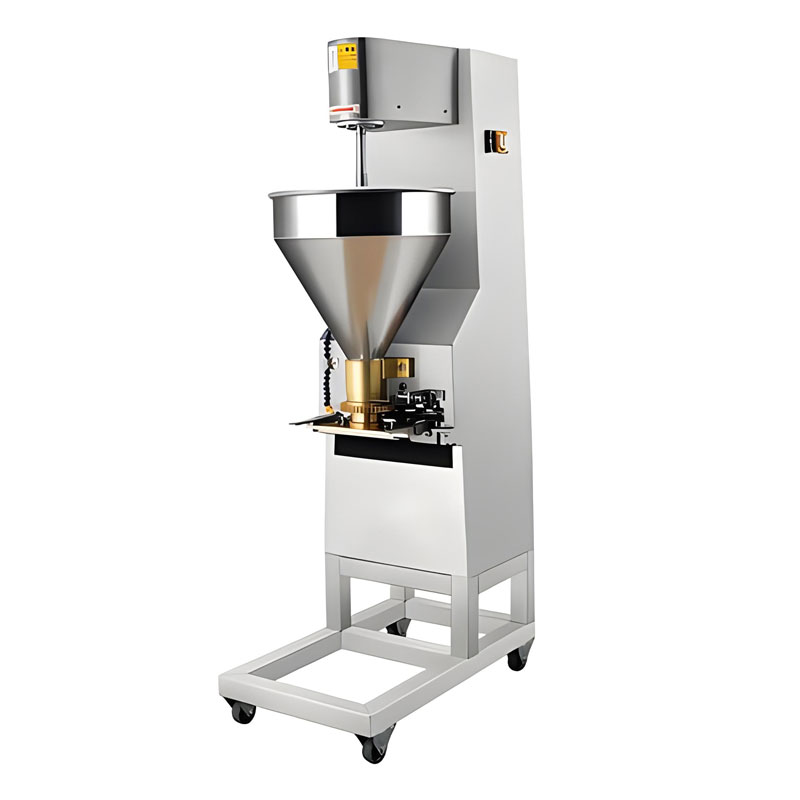
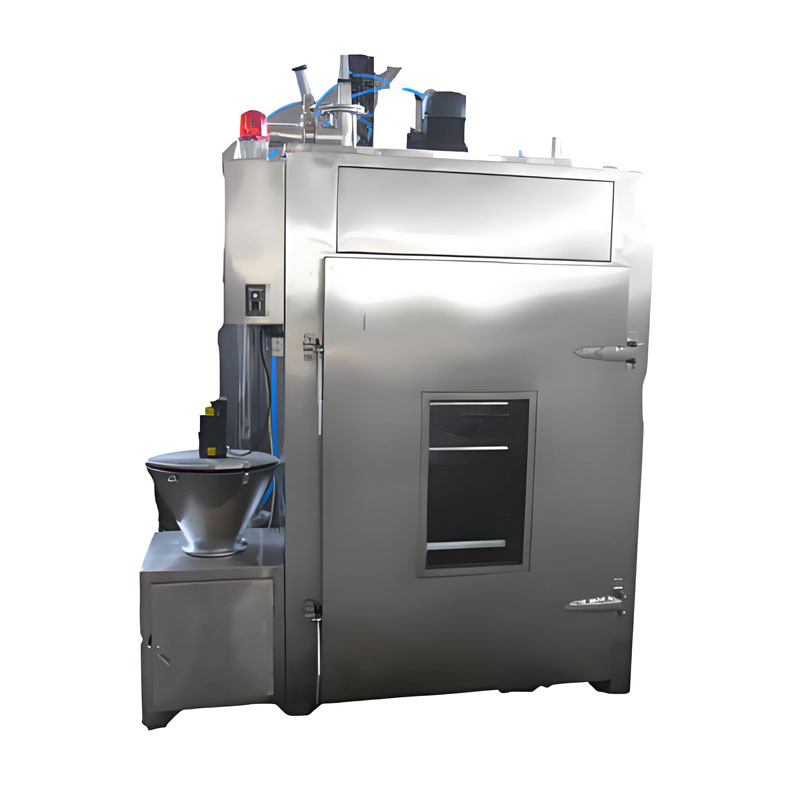
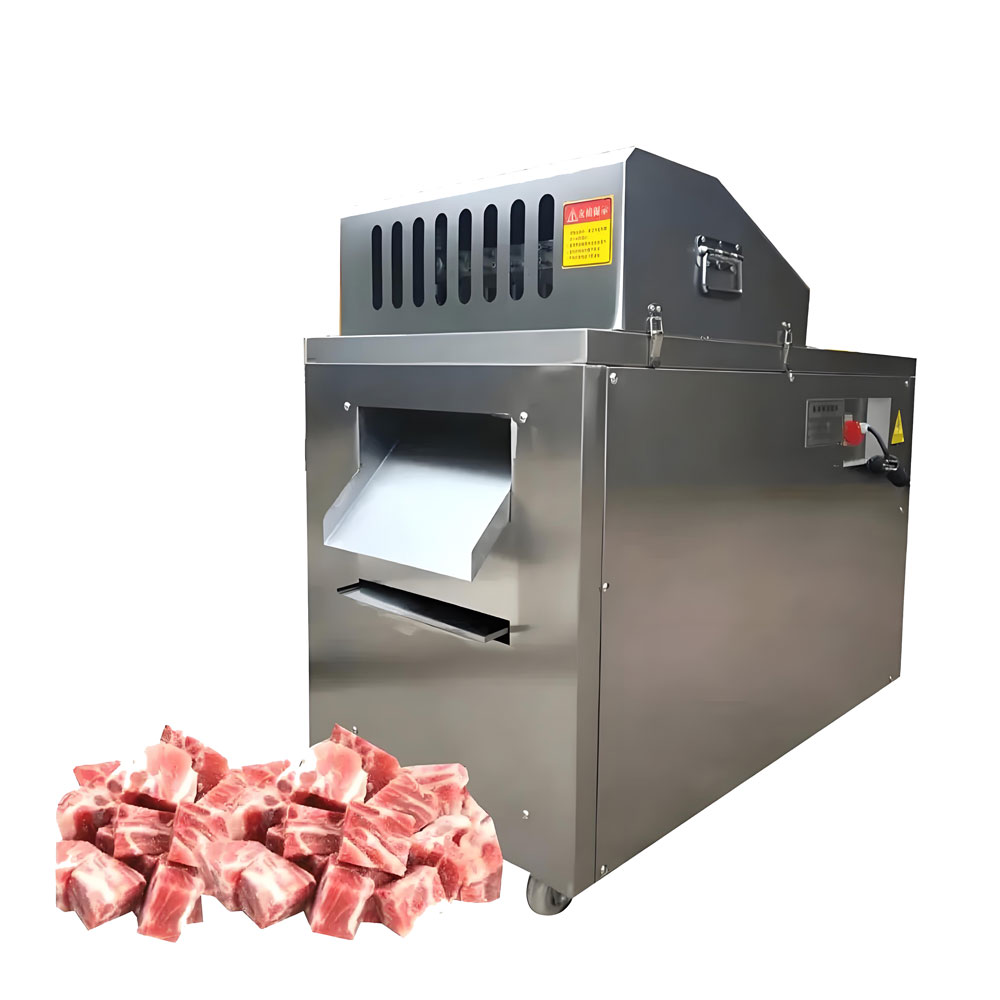
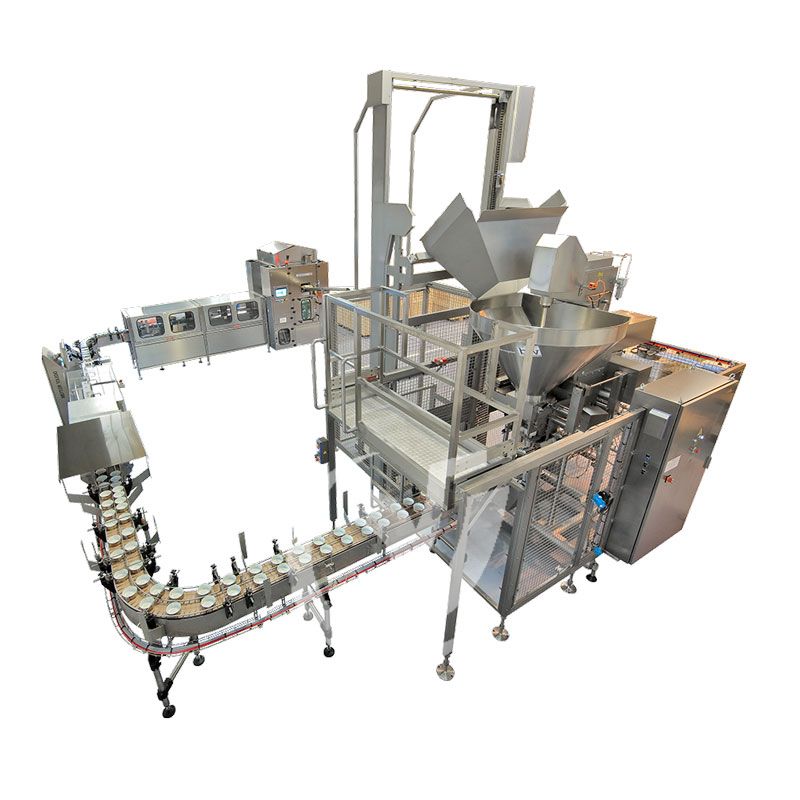

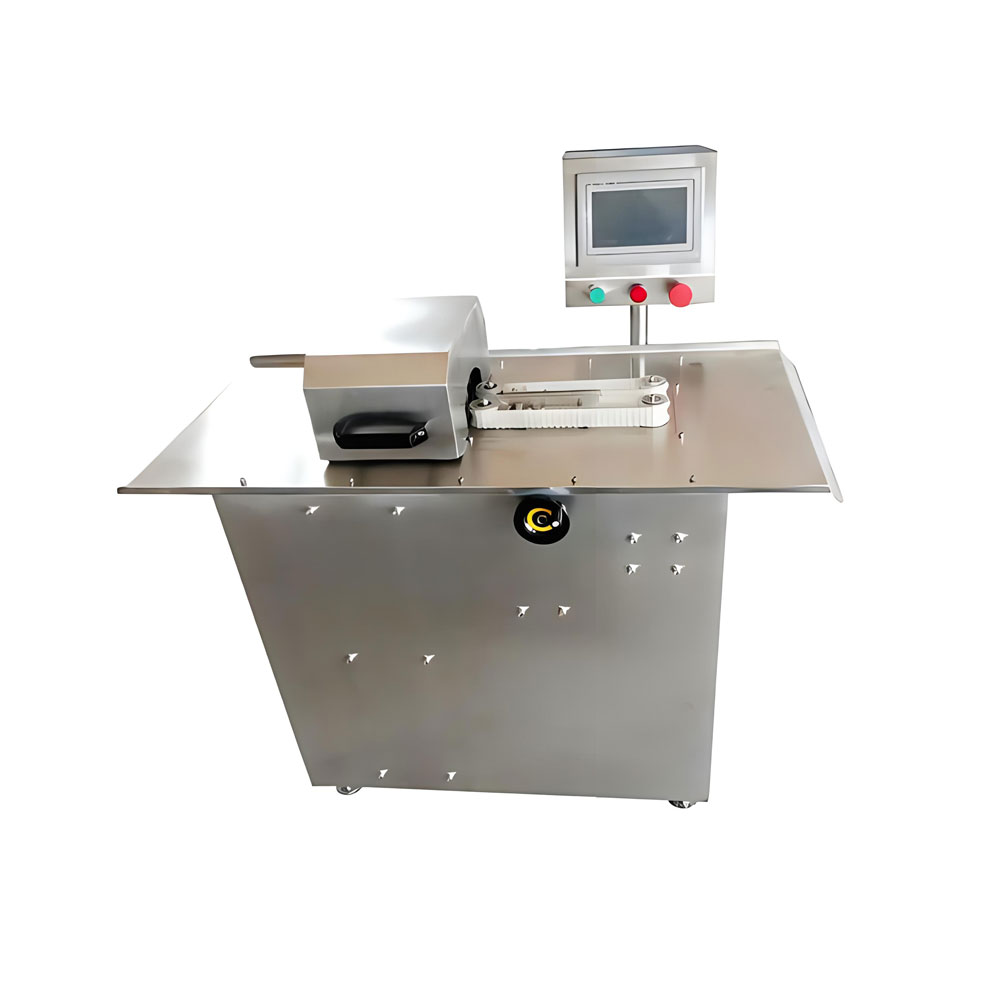
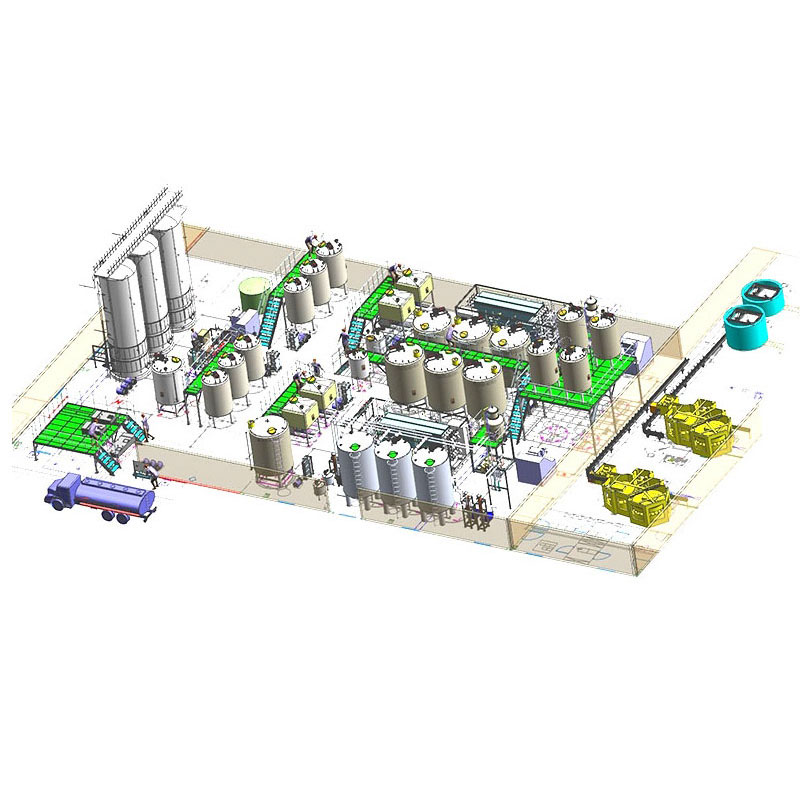
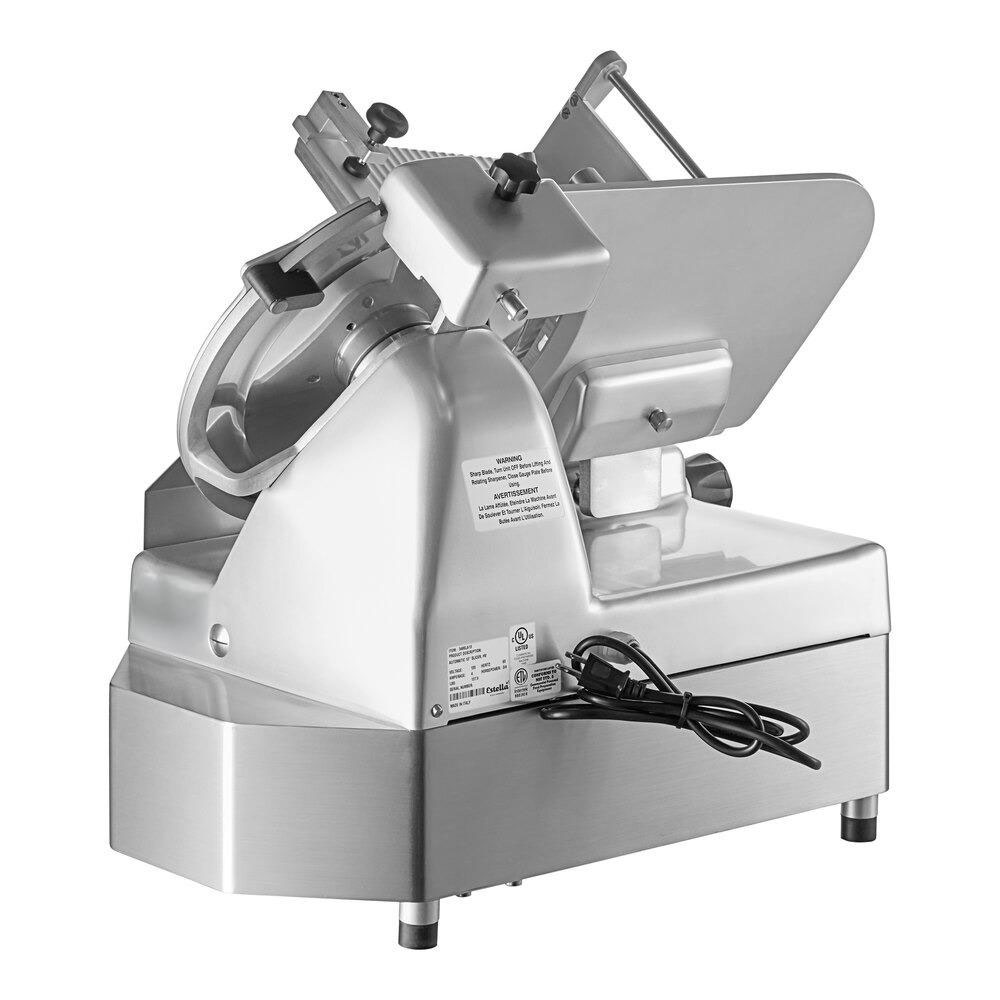
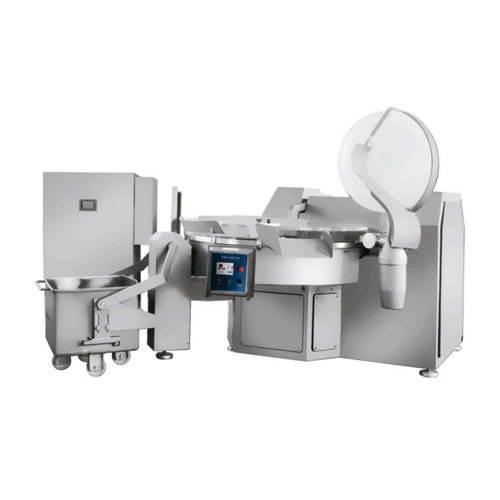
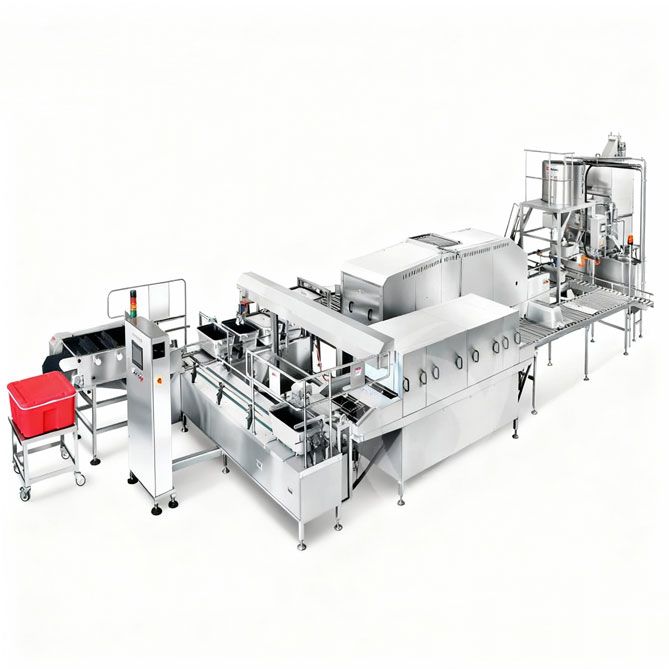
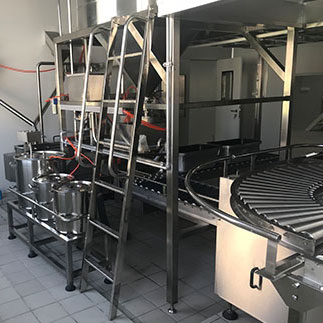 Cold Chain Rice Production Line
Cold Chain Rice Production Line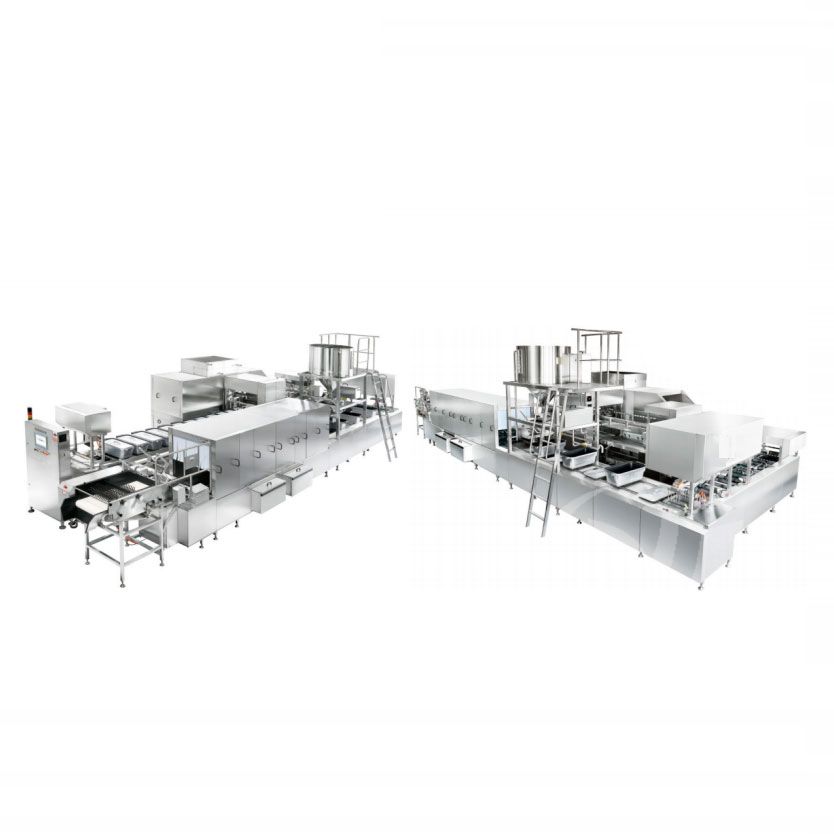 Unmanned Intelligent Rice Production Line
Unmanned Intelligent Rice Production Line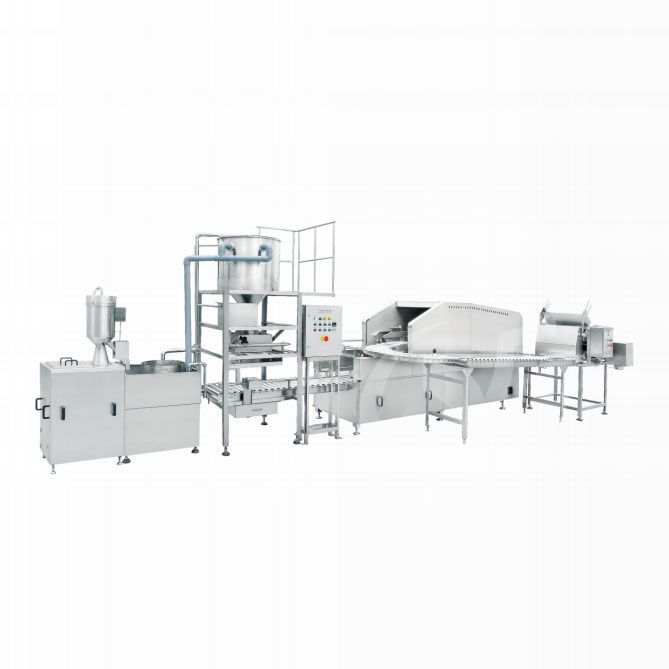 Automatic Rice Production Line
Automatic Rice Production Line
Ready to Get Started?